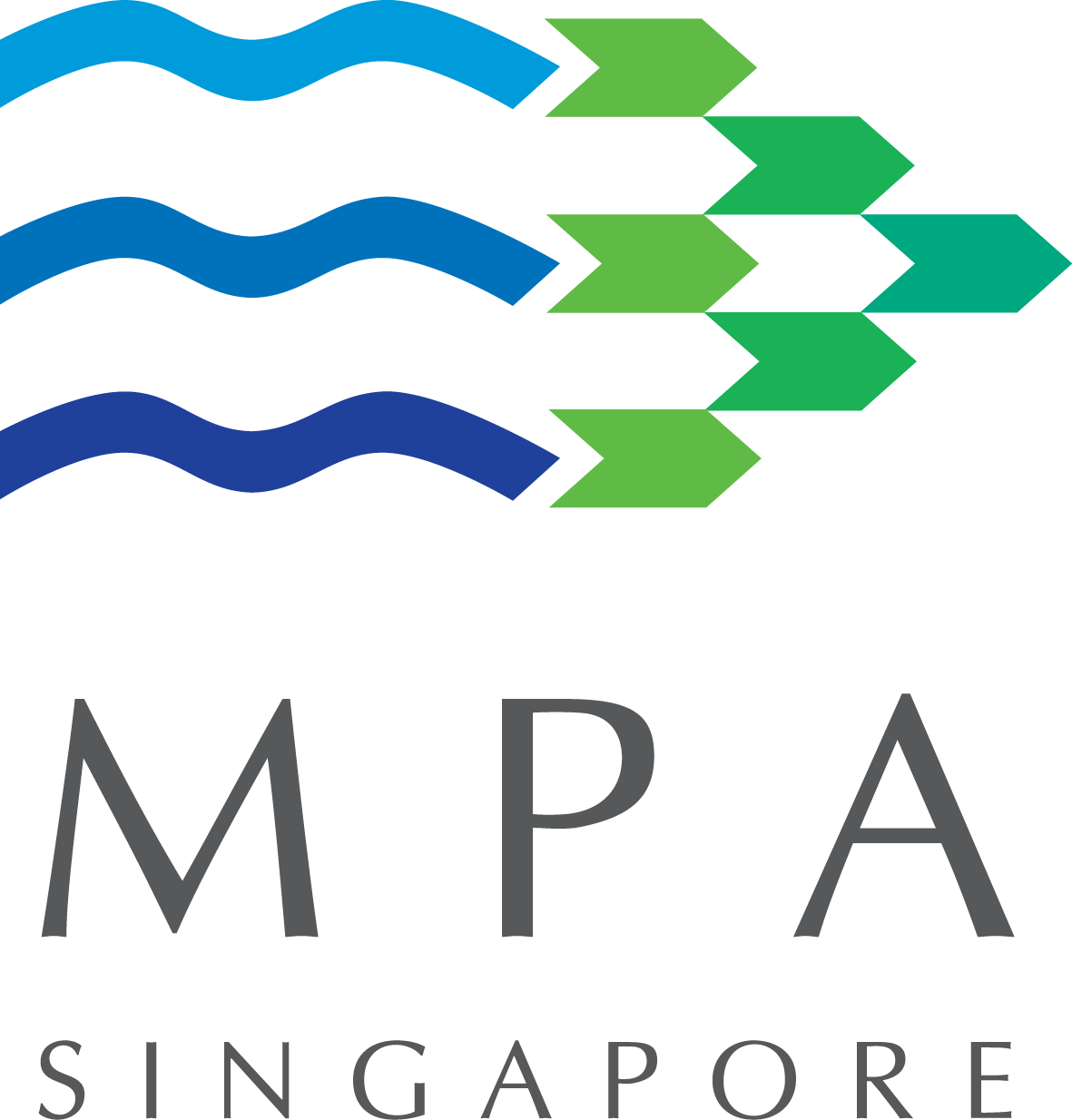ADDRESS BY MR RAYMOND LIM MINISTER FOR TRANSPORT AND SECOND MINISTER FOR FOREIGN AFFAIRS AT THE SINGAPORE INTERNATIONAL MARITIME AWARDS 2011 ON TUESDAY, 12 APRIL 2011, 7.00PM IN THE ISLAND BALLROOM, SHANGRI-LA HOTEL
Distinguished guests,
Ladies and gentlemen,
Good evening. It gives me great pleasure to join you for the 6th Singapore International Maritime Awards.
Good Growth
Tonight's large turnout is perhaps the best vote of confidence for the burgeoning maritime sector in Singapore. Today, this sector contributes about 7 percent of Singapore's GDP, and employs more than 170,000 people. I am heartened that we are gathered here on the back of a robust global economic recovery. Singapore's container and cargo throughput recorded good growth last year. The Port of Singapore maintained our global leading position in vessel arrival tonnage and bunker sales. In fact, 2010 saw our annual bunker sales crossed 40 million tonnes for the first time. The recent launch of the Singapore Ship Sale Form and the good reception it received further cements Singapore's positioning to support the future growth of the maritime industry.
These sterling results are only possible because of the passion and dedication of our partners to grow the industry here. Tonight, we honour those who have made outstanding contributions to Singapore's development as a premier global hub port and an international maritime centre. Let me add my personal thanks to all of you for your unwavering support and belief in the Singapore Maritime story.
Growing Maritime Singapore
Ladies and gentlemen, even as we celebrate today's achievements, we should be mindful of the challenges that continue to confront the maritime industry. Recent events in Japan and the Middle East remind us of the need to remain vigilant and to never take the status quo for granted. The Singapore Government remains strongly committed to helping our partners overcome the challenges ahead and to keep Maritime Singapore growing.
Going 'Green'
One key challenge confronting the maritime industry today is balancing economic growth with the need to protect our marine environment. Today, shipping remains by far the most efficient form of cargo transport. It carries more than 90 percent of world trade but contributes only about 3 percent to global carbon dioxide emission. Nevertheless, as a responsible international player, the shipping industry is committed to play its part to reduce greenhouse gas emissions.
Indeed, "Sustainable" or "Green" shipping has now become an inescapable part of industry practice. Ship owners and port operators are progressively pursuing measures to reduce SOx, NOx, greenhouse gas and particulate matter from their operations. Some lines have switched to low sulphur fuel for port calls; others are at the cutting edge of fuel efficiency in ship design.
In the international arena, Singapore has been a strong supporter of the International Maritime Organization's (or IMO) efforts to address greenhouse gas emissions by shipping. We are party to all the annexes of the International Convention for the Prevention of Pollution from Ships, more commonly referred to as MARPOL. We are one of the few Asian ports to do so.
But, we will not just stop there. To encourage companies who are ready or thinking about undertaking environmentally-friendly shipping practices above and beyond what is IMO-mandated, the Maritime and Port Authority of Singapore (or MPA) will be launching the Maritime Singapore Green Initiative. This initiative underscores Singapore's commitment as a responsible flag, and port state to clean and green shipping.
The Maritime Singapore Green Initiative will focus on three areas. First, the 'Green Ship Programme' will recognise Singapore-flagged ships which adopt energy efficient ship designs exceeding IMO's requirements. These ships will enjoy a 50 percent reduction of their Initial Registration Fees and a 20 percent rebate on their Annual Tonnage Tax. To further acknowledge these ship owners, a new "SRS Green Ship of the Year" award will be introduced at the next Singapore International Maritime Awards.
Second, the 'Green Port Programme' will target ships calling at the Port of Singapore who use approved abatement technologies or burn low-sulphur fuel above MARPOL standards within the port. These can qualify for a 15 percent reduction in port dues.
Third, the 'Green Technology Programme' will co-fund early adoption of new green technologies by local maritime companies. MPA will set aside $25 million from the Maritime Innovation and Technology Fund (or MINT Fund) for this purpose in the first instance. If the take up is good, it is prepared to consider another tranche of $25 million.
Altogether, the MPA will invest up to S$100 million over the next five years in the Maritime Singapore Green Initiative. MPA will release details of this new initiative. I strongly encourage companies to make full use of this opportunity.
Promoting environmentally responsible maritime activities requires the participation and support of every stakeholder in the maritime ecosystem. Later we will witness some of them signing a 'Green Pledge' as an affirmation of their commitment to support and promote clean and green shipping in Singapore. I applaud these pathfinders for championing this effort. Tonight's signing is but the beginning. The charter will be kept open and I hope that many more companies will come on board as part of their own corporate social responsibility efforts.
Conclusion
Ladies and gentlemen, the extraordinary growth of Maritime Singapore is the direct result of the close partnership between Government and industry. With your feedback, we ensure that our schemes remain relevant and competitive. The Maritime Singapore Green Initiative is but the latest example. We look forward to working with you to realise a cleaner and greener future for shipping and posterity.
Thank you.
